Another Bankruptcy Court Weighs in on Postpetition Interest
PBWT
DECEMBER 13, 2020
Because it was solvent at confirmation, the debtor proposed to pay secured creditors in full, with interest at the contract rate, and general unsecured creditors in full, with postpetition interest at the “legal rate,” or a rate determined by the Court that leaves the creditors unimpaired. [1]

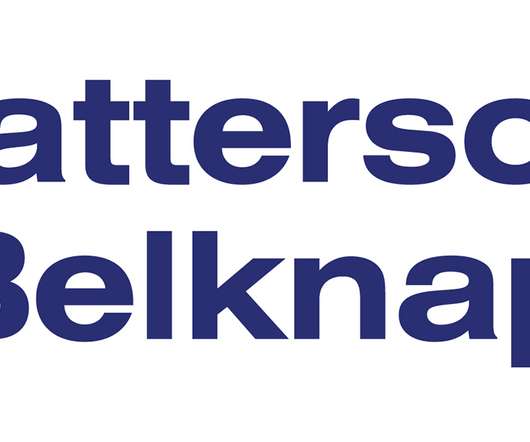
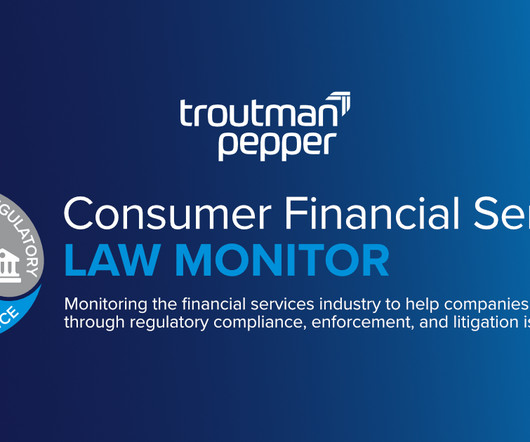
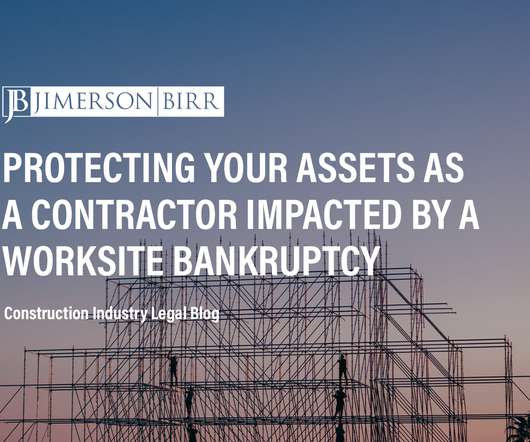
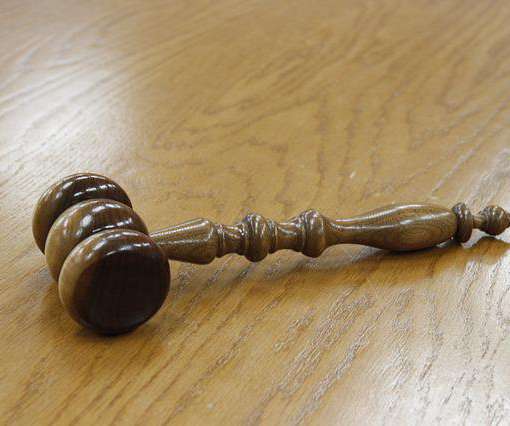

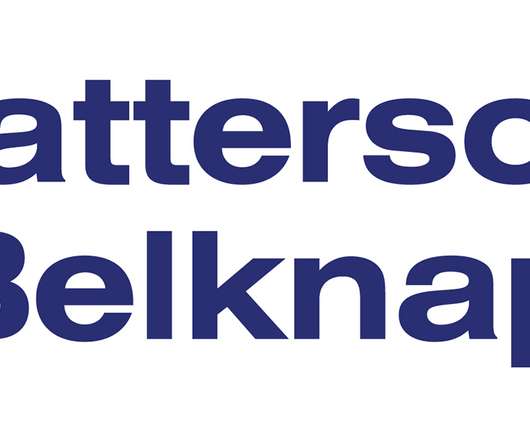






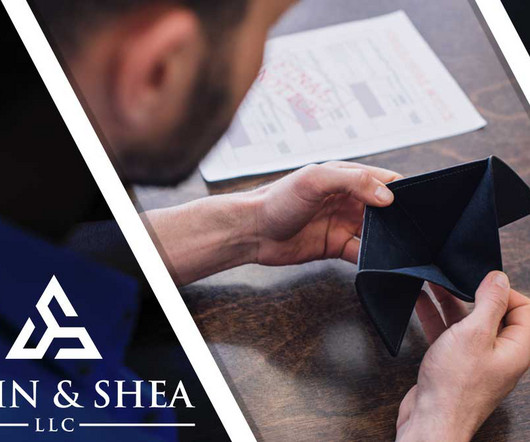






Let's personalize your content